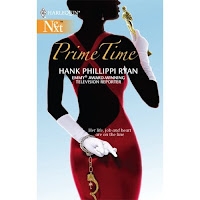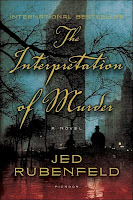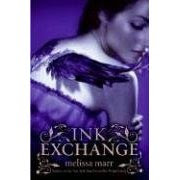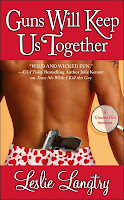STATUS: Ready for sleep.
What’s playing on the iPod right now? FERNANDO by Abba
The other day I was reading a full manuscript that I had requested. I had read a good 100 to 150 pages and I knew I wasn’t going to take on the project. Now, whenever I read a full (or in this case, part of a full), I always create a personal letter to the author in reply.
The difficulty for this one is that I really weighed how honest I should be in the letter for why I was passing.
Now I imagine that most of you would say, “why did you hesitate! Be honest!” But here is the difficulty on why agents sometimes pull back on the big H.
1. When I’m reading, it’s often clear why it’s not right for me but I can often see why it might be right for somebody else with a different perspective or taste. So, is there a point to my being honest on why I personally am passing when I can see a potential value in the manuscript? Is that simply being discouraging rather than helpful?
Now, most times I will take the time to try and articulate why I’m passing while also including a caveat that it might be right for someone else. Sometimes that feels like a cop-out.
2. When I’m reading, it’s often not clear why a manuscript isn’t working for me. It just isn’t. Usually if I talk aloud to Sara about why I’m passing, I’ll often pinpoint the issue and then I’m able to articulate it in a letter to the author. Lots of times I’m flummoxed as to the “why” and then gosh darn, I’ve got to figure out something to say in the personal letter. That’s usually when I resort to the “I just didn’t fall in love” bit—which I know writers hate but seriously, I’m not trying to be obtuse. Sometimes I really don’t know why something isn’t working for me.
3. When the day is hectic and a contract is screaming to be finished and I’m behind on queries (and writers want a response—any at all) and fires are erupting, it’s truly hard to take the time to sit down and personalize a letter. I always do it but you writers should know that a personal letter can easily take 20 to 30 minutes to write. When you are working 12+ hour days, that 20 minutes is a big deal in the grand scheme of things. I’m ashamed to admit that I sometimes long for that “standard” letter that I can send out.
4. Personal letters are hard to write. And here’s the thing I hate the most. I’m a perfectionist but sometimes there is not enough time to proofread and yes, I’ve had egg on my face when I’ve reread an email letter I’ve sent out and there on the electronic page is a glaring typo. Oy! I took the time to personalize and then I look like an idiot on top of it. The writer is probably glad I passed on offering representation! Nothing worse than working in the biz and sending out a hurried, grammatically incorrect letter. Sigh. That also makes me long for the “standard” reply. That can at least be pre-checked.
5. This doesn’t happen too often but once in a great while I honestly can’t think of anything positive to say in a response letter for a full I’ve requested. What happened there? Obviously I read sample pages and liked it but there are times where I’ve thought, “what the heck was I thinking for requesting this one?” As I said, it rarely happens but when it does, boy is the honest, personal letter a struggle.
Probably not much comfort for you folks out there in the trenches but it’s the truth.




